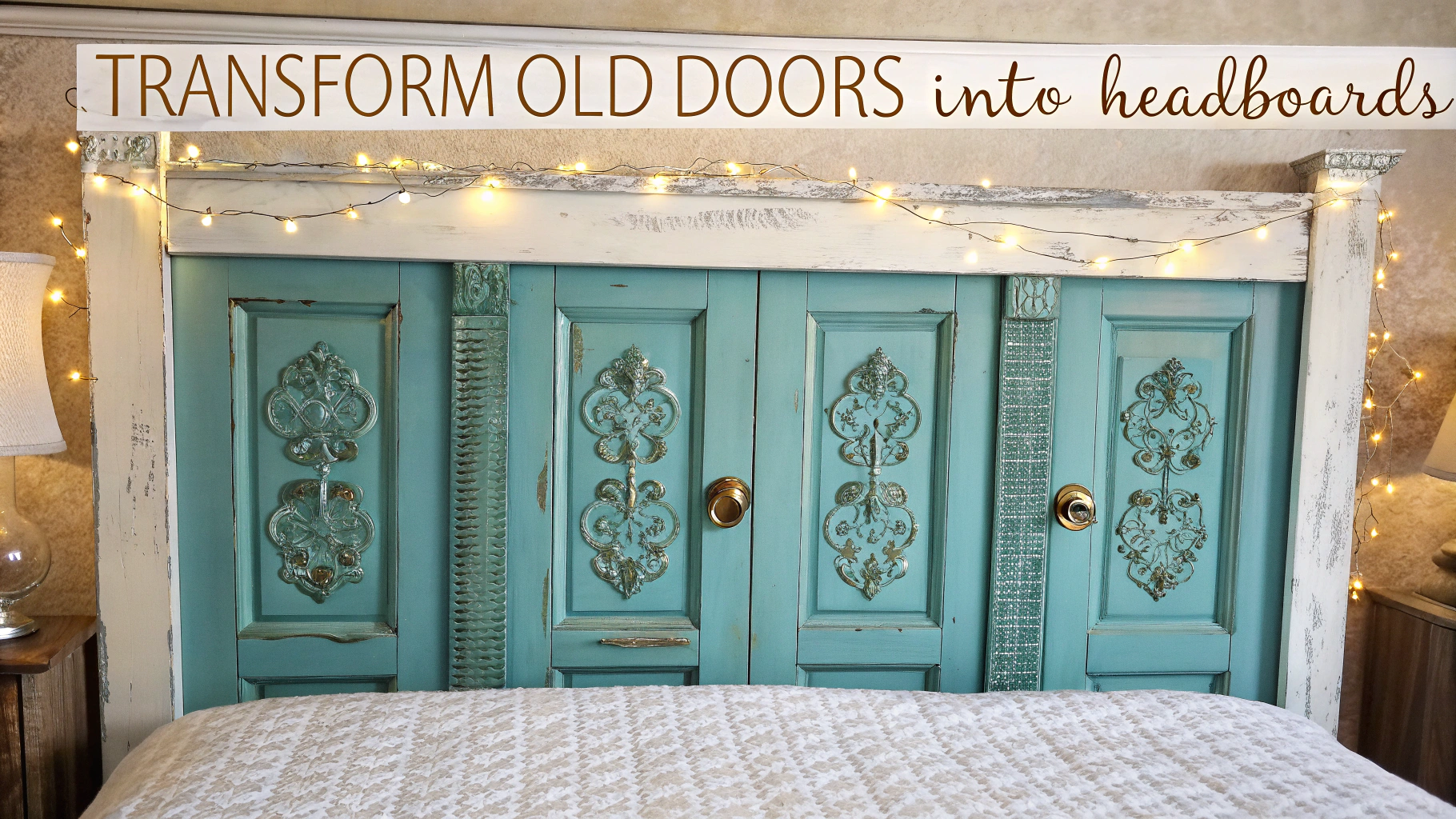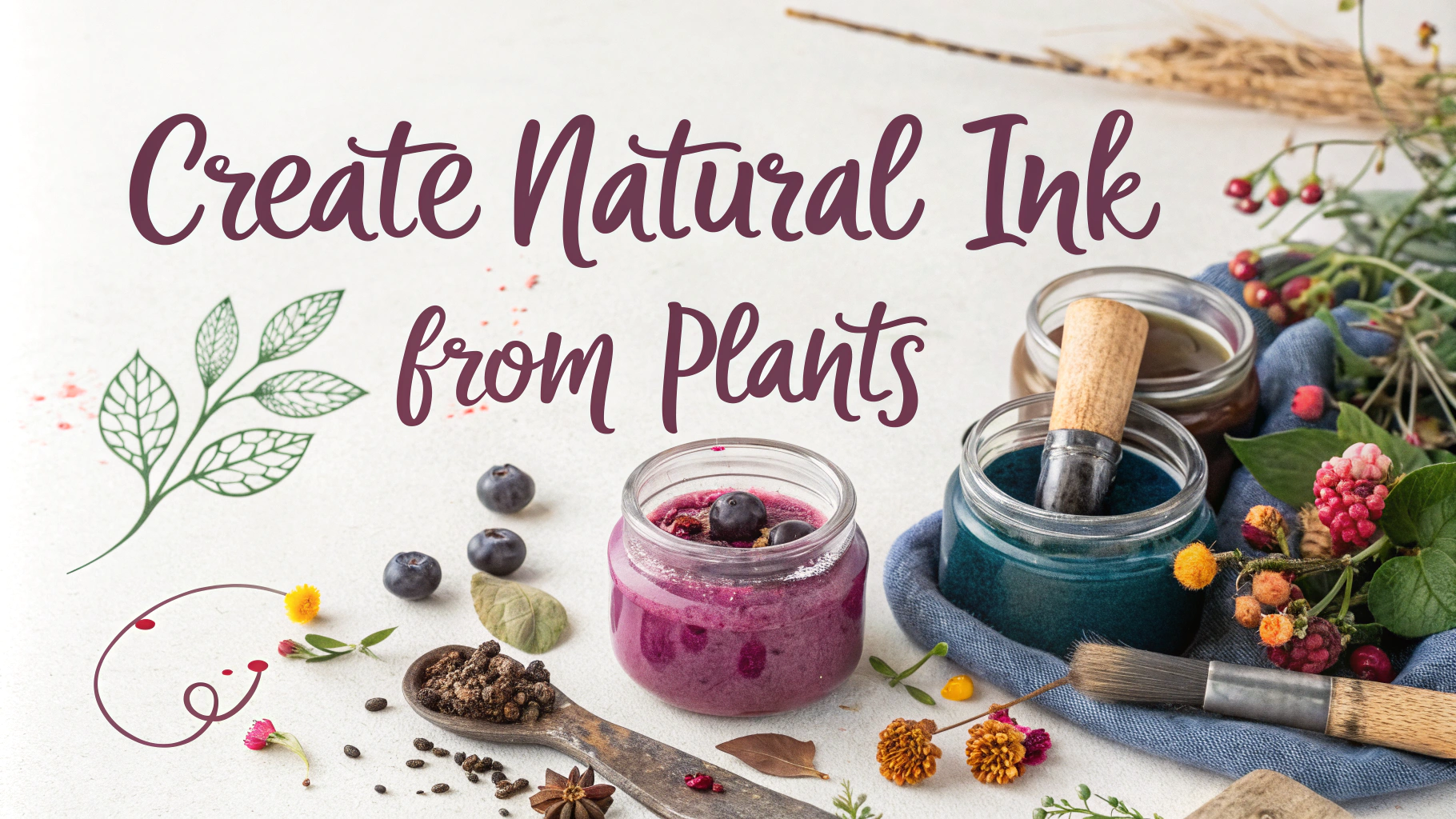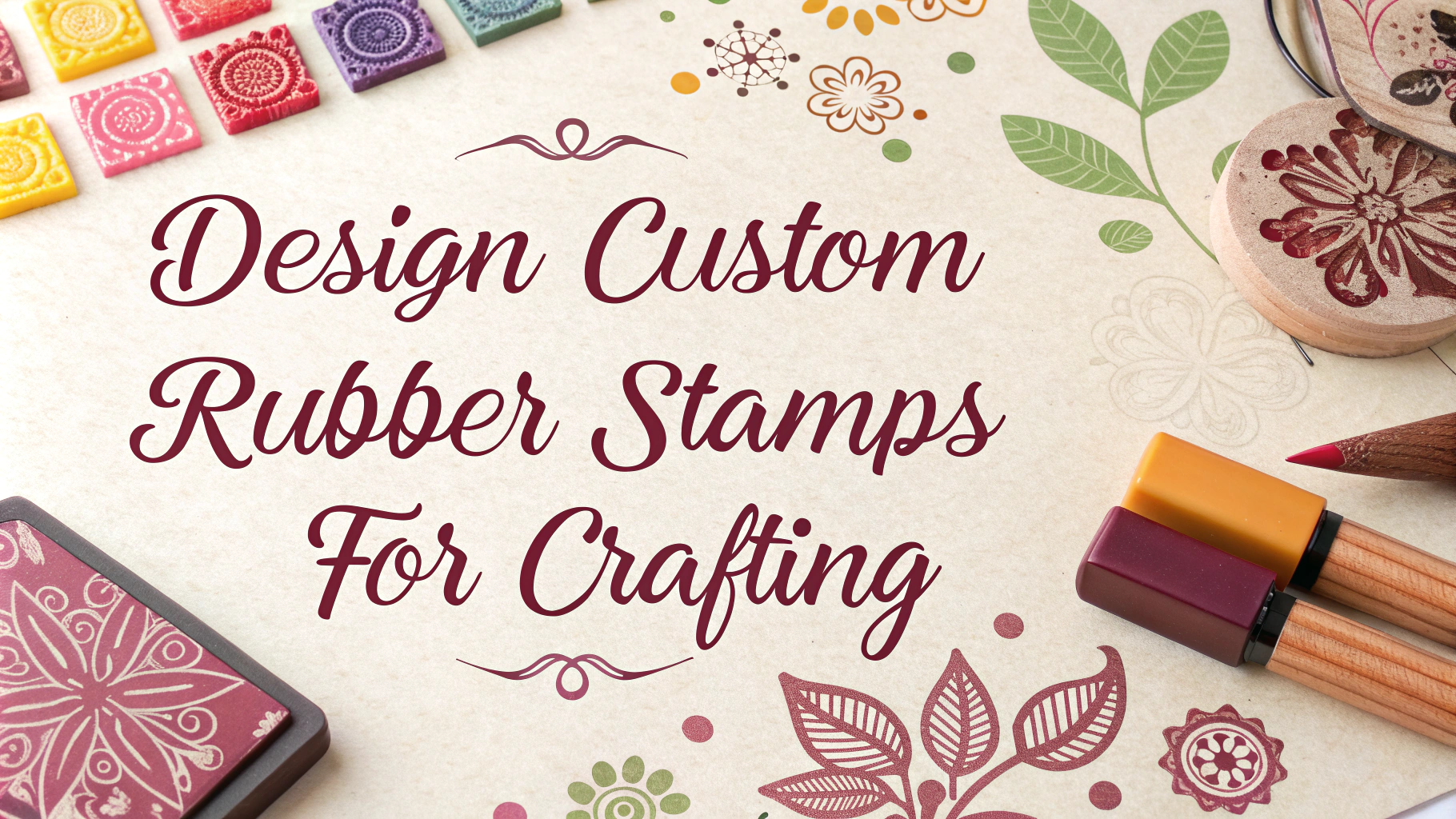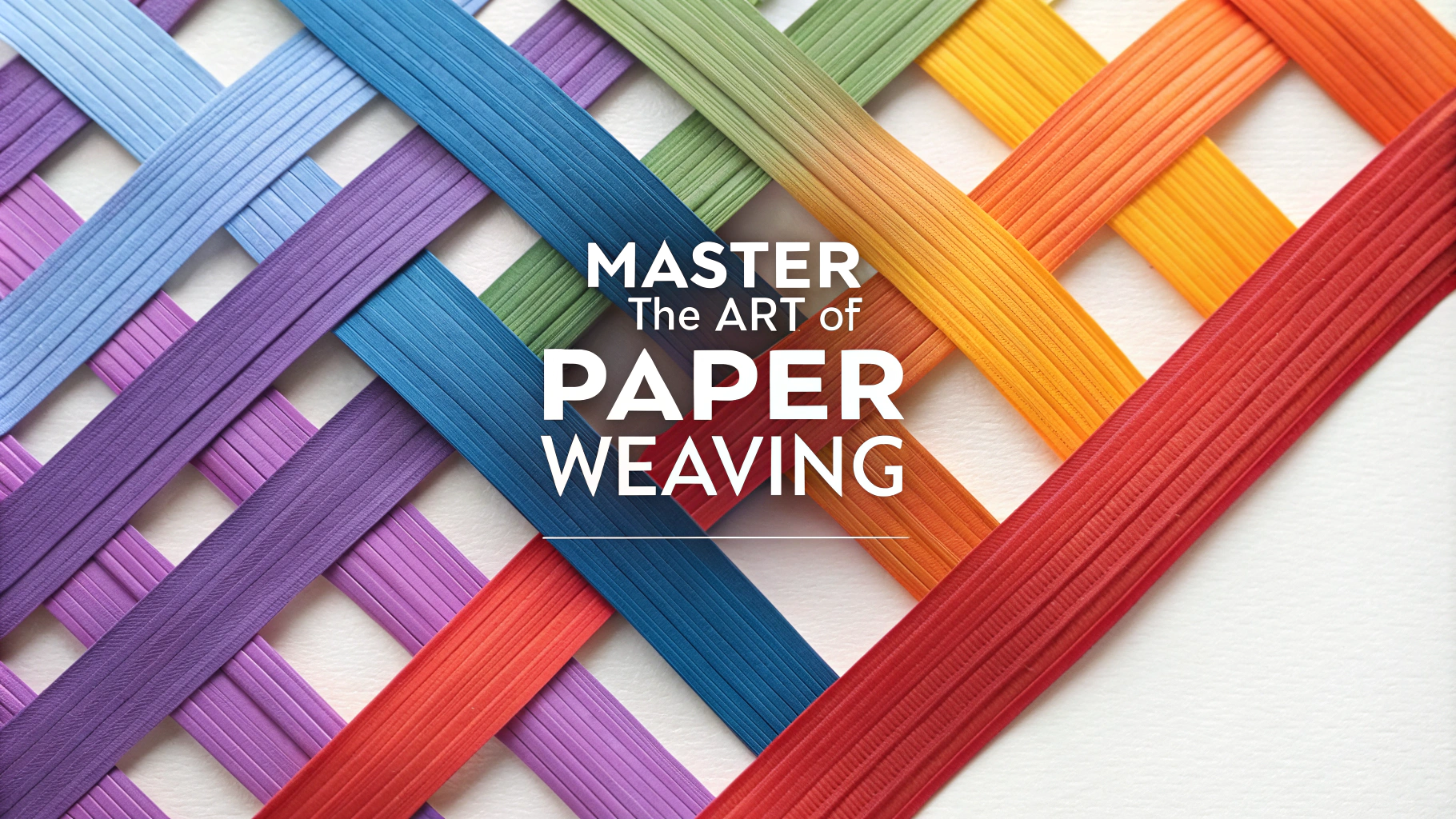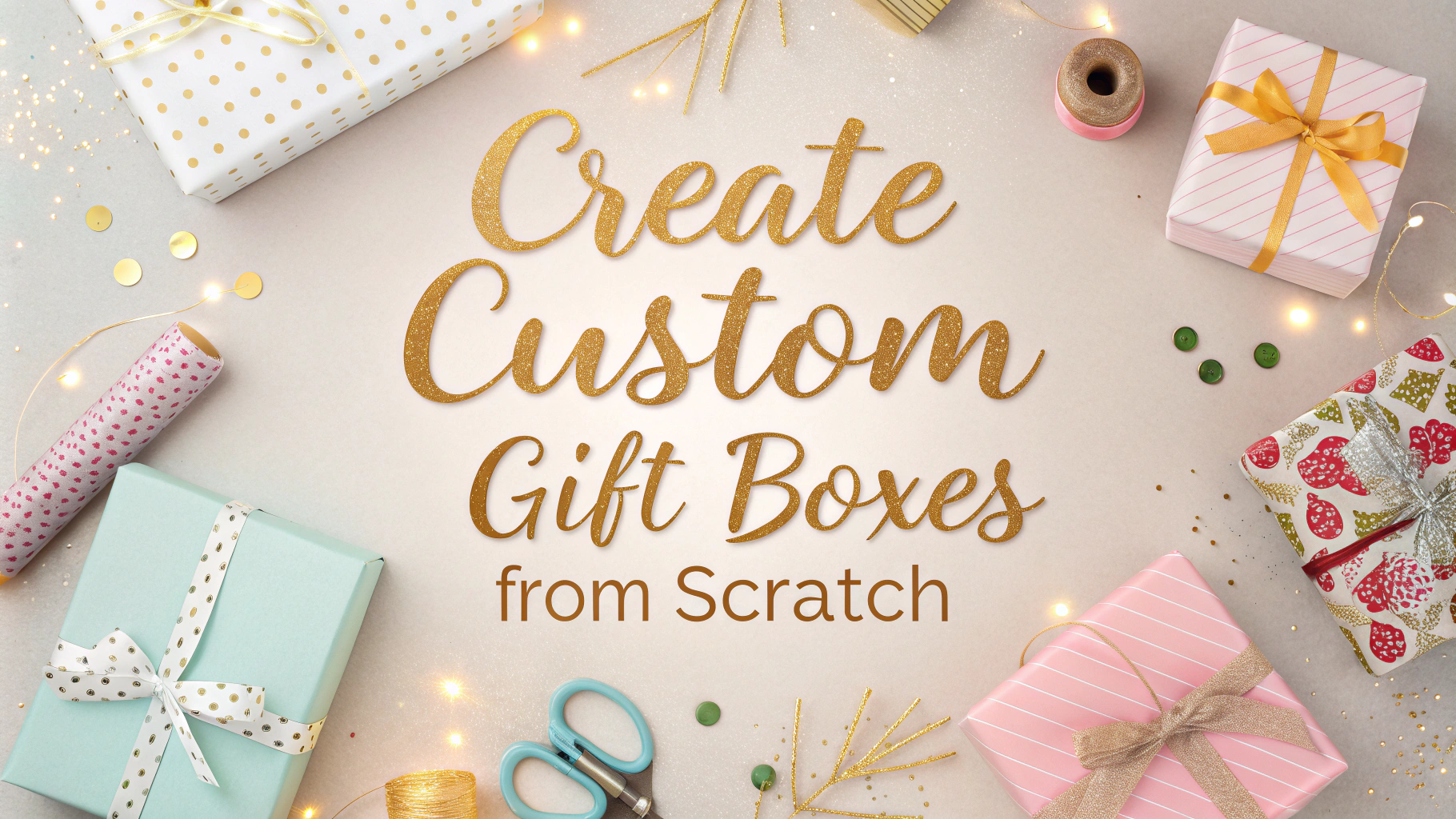Making natural soap at home combines artistry with science, allowing you to create personalized, chemical-free products for your skincare routine.
Essential Equipment for Soap Making
- Safety gear: Protective goggles, rubber gloves, long-sleeve clothing
- Mixing tools: Stainless steel pot, thermometer, immersion blender
- Measuring equipment: Digital scale, measuring cups
- Molds: Silicone or wooden soap molds
Basic Ingredients
- Lye (Sodium Hydroxide) – Available from soap making suppliers or chemical supply stores
- Base oils: Olive oil, coconut oil, palm oil
- Essential oils: For natural fragrance
- Natural colorants: Clays, spices, botanical powders
Step-by-Step Process
- Mix lye with water in a well-ventilated area (always add lye to water, never reverse)
- Heat oils to 100-120°F (38-49°C)
- Combine lye solution with oils when both reach similar temperatures
- Blend until mixture reaches “trace” (pudding-like consistency)
- Add essential oils and natural colorants
- Pour into molds and insulate
Recommended Beginner Recipe
| Ingredient | Amount |
|---|---|
| Olive Oil | 16 oz (454g) |
| Coconut Oil | 8 oz (227g) |
| Lye | 3.5 oz (99g) |
| Distilled Water | 8 oz (227g) |
Troubleshooting Common Issues
- Soap not hardening: Check lye calculations, ensure proper temperatures
- Separation in mold: Blend mixture longer to achieve proper trace
- White powder on soap: This is harmless soda ash, can be prevented by spraying with alcohol
Natural soap requires 4-6 weeks curing time to complete the saponification process and create a mild, long-lasting bar.
Safety Precautions
- Always work in a well-ventilated area
- Keep vinegar nearby to neutralize potential lye spills
- Use dedicated equipment for soap making only
- Store materials out of reach of children and pets
For additional support and resources, contact the Handcrafted Soap & Cosmetic Guild or join local soap making communities.
Advanced Techniques
- Swirling: Create decorative patterns using multiple colors
- Layering: Pour different colored batches to create distinct layers
- Hot Process: Cook soap mixture to speed up saponification
- Embedding: Place decorative elements within the soap
Natural Additives
Exfoliants
- Ground oatmeal
- Poppy seeds
- Coffee grounds
- Ground almonds
Skin-Nourishing Ingredients
- Honey
- Goat’s milk
- Shea butter
- Aloe vera
Storage and Packaging
- Store cured soap in a cool, dry place
- Use breathable packaging materials
- Label with ingredients and production date
- Keep away from direct sunlight
Conclusion
Mastering the art of natural soap making requires patience, attention to detail, and proper safety precautions. With practice and experimentation, you can create unique, high-quality soaps tailored to your preferences. Remember to maintain detailed records of your recipes and results for future reference.
Always prioritize safety and quality when crafting your soaps, and enjoy the satisfaction of creating your own natural skincare products.
FAQs
- What are the essential ingredients needed to make natural soap?
A natural soap requires oils (such as olive, coconut, or palm), lye (sodium hydroxide), distilled water, and optional ingredients like essential oils and natural colorants. - Is making soap with lye dangerous?
While lye is caustic and requires careful handling, soap making is safe when proper safety equipment (gloves, goggles, long sleeves) is used and instructions are followed precisely. - How long does homemade natural soap need to cure?
Most natural soaps require 4-6 weeks of curing time in a well-ventilated area to allow water to evaporate and the soap to harden properly. - What’s the difference between hot process and cold process soap making?
Cold process involves mixing lye and oils at lower temperatures and requires longer curing time, while hot process involves cooking the soap mixture, resulting in a shorter curing time. - Can I make soap without lye?
No, true soap cannot be made without lye. The chemical reaction between lye and oils (saponification) is what creates soap. However, no lye remains in properly made soap. - What natural ingredients can I use to color my soaps?
Natural colorants include clays (green, pink, white), spices (turmeric, paprika), plant powders (spirulina, indigo), and mineral pigments. - How do I prevent my essential oils from fading in natural soap?
Use essential oils at recommended rates (usually 3-5% of total oil weight), choose long-lasting varieties like patchouli or cedarwood, and store soaps away from direct sunlight. - What’s the shelf life of natural homemade soap?
Properly made and stored natural soaps typically last 1-2 years, though scents may fade over time. Using antioxidants like vitamin E can help extend shelf life. - Why did my homemade soap develop orange spots?
Orange spots, known as “dreaded orange spots” (DOS), typically indicate rancidity caused by oils oxidizing. This can happen due to using old oils or incorrect oil-to-lye ratios. - What equipment do I need to start making natural soap?
Essential equipment includes stainless steel or plastic containers, digital scale, thermometer, stick blender, safety gear (goggles, gloves), molds, and mixing utensils dedicated to soap making.



